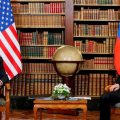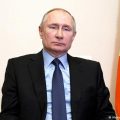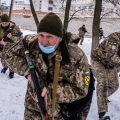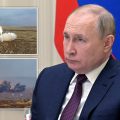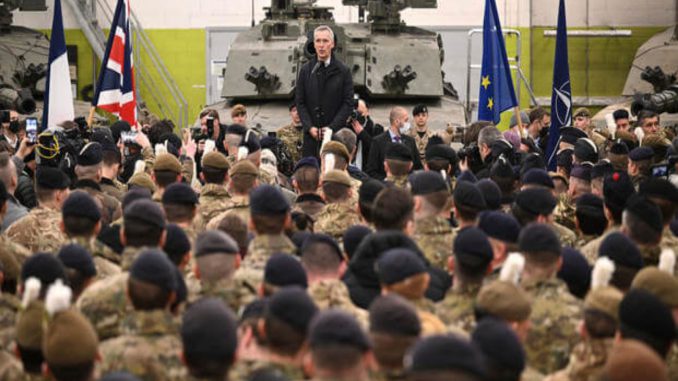
The North Atlantic Treaty Organization (NATO) has been progressively deploying troops to member nations across eastern Europe in response to Russia’s war on Ukraine but has stated that it has no intention of sending soldiers to Ukraine itself. NATO Secretary-General Jens Stoltenberg announced last week that the coalition was unleashing its Rapid Response Force for the very first time to enhance its defense against Russia.
If NATO exercises Article 5, which promises “collective defense,” a strike on one member will be regarded as a strike on all allies, the crisis might likely escalate. This could occur if Russia turns its attention to some of Ukraine’s NATO-member neighbors.
Why hasn’t Article 5 been applied in the case of Ukraine?
Ukraine is a Western defense alliance ally, but not a NATO member. As a result, Article 5, sometimes known as the Collective Defense Pledge, is null and void. In a televised address late last month, Ukrainian President Volodymyr Zelenskyy urged for Ukraine to be admitted as a full member of the alliance.
While NATO has stated that it will not send soldiers to Ukraine, it has invoked Article 4, which requires the North Atlantic Council, the alliance’s main decision-making body, to discuss. It has only been engaged a half-dozen times in its history. However, the fact that eight-member nations opted to activate it this time was enough to highlight the gravity of the problem on a worldwide scale.
NATO’s Response Force, made up of 40,000 soldiers from member nations, was deployed for the very first time after an emergency summit.
Only if Russia starts a full-fledged invasion on one of NATO’s partners will NATO activate Article 5. According to NPR, several top US officials have warned that some of Russia’s cyberattacks will be felt in NATO countries.

